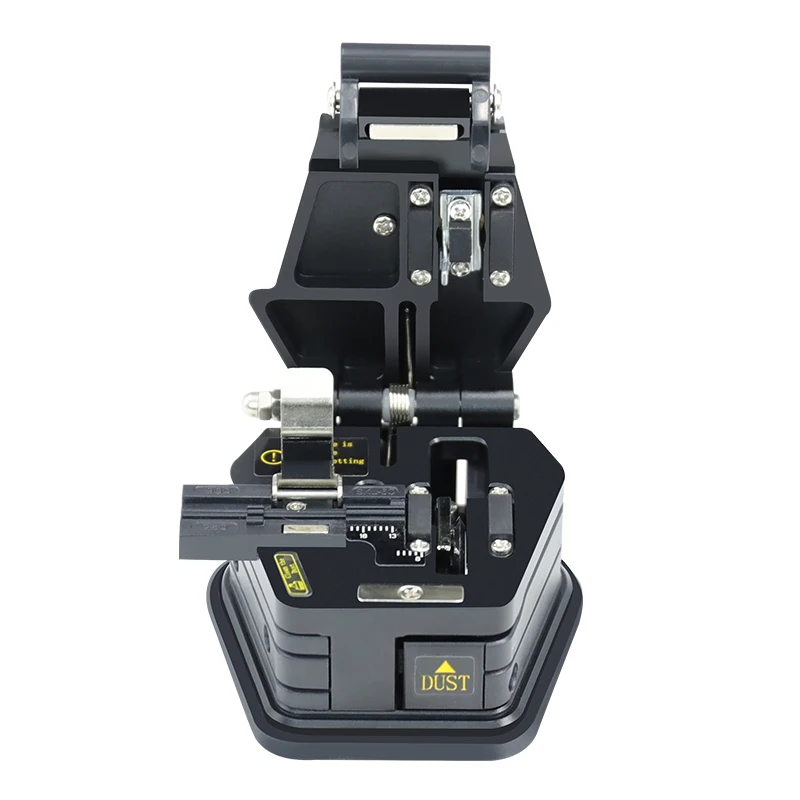In today's fast changing digital landscape, formidable network infrastructure is a sine qua non for businesses of every kind. It is a base that gives an experience with effective communication, simple data sharing and access to important resources. With the rise of technology, approaching and understanding this intricate web created between hardware elements like then-CS100i software becomes more critical for organizations.
Explaining the Black Box of Router, Switches and Firewall
Routers, Switches & Firewalls The three main devices that make up most networks are routers, switches and firewalls. A router is that internet traffic police which takes incoming data packets from different networks and forwards them on via the best path. In other words, they act as the doors making sure data from local networks can go somewhere it needs to be beyond there.
Switches make that possible by seamlessly forwarding data packets between devices on the same network. Unlike hubs, switches can send data directly to the intended recipient which results in more efficiency and less network congestion.
At the same time, firewalls serve as observant network security guards that monitor and control data movement in response to certain security policies before it goes over or enters a home. Their primary function is to secure the network from unauthorized access and any possible cyber-attacks.
Choosing the Right Network Infrastructure for Your Business
The selection of the appropriate network infrastructure is a key decision based on many factors including business size, industry requirements and even budget constraints along with scalability needs. Smaller businesses may purchase all-in-one devices that function as a router, switch and firewall in one device while larger corporations and governments may have configurations with specialized security appliances for separate units (although integrated multi-function devices are more common in this sector).
Anticipating bandwidth needs, planning for growth in service offerings and deciding between managed or unmanaged services are all important considerations. Consulting IT professionals or even Managed Service Providers (MSPs), can allow for in-depth recommendations to guarantee this infrastructure meets the specific goals of the business.
An Introduction to Internet Protocol and IP Subnetting
Internet Protocol (IP) is the backbone of data communication across computer networks worldwide and assigns a unique IP address to each connected device that can be used for identification and location. Increased incremental growth in the number of internet-connected devices is a prerequisite for IPv6 (IP version 6) to migrate from its envy, low address range.
This is where subnetting comes in which essentially helps us divides large network into smaller subnets for more efficient, secure and well traffic manage. The logical division of devices into separate subnets allows administrators better control over access, while also reducing broadcast traffic and allowing optimal routing decisions.
Protecting your network against cyber threats.
In this age of inter connectivity cybersecurity is the biggest concern as threats like malware, phishing attacks and Distributed Denial-of-Service (DDoS) incidents are all over the place. An effective security strategy includes more than just strong firewalls - it also involves intrusion detection/prevention systems, antivirus/anti-malware software, timely installation of new patches and versions and user cyber awareness training.
Zero-Trust security model can be setup to avoid the network resource access other than a need basis. And provides more protection further on this process during data transportation and at rest in your Database Server. Keeping safeguards like security best practices such as encrypting sensitive data in transit and at rest, regular backups & disaster recovery plans could help you to stay business up without loosing significant part of your operational excellence due cyber-attacks.
Designing Your Network Infrastructure to Prepare for Future ApplyToMany
With business expansion and technological innovation, the adaptability and scalability of network infrastructure are very important. Software Defined Networking (SDN) using Network Function Virtualization(NFV), to adopt more agile network management and introduce new services quickly. Such technologies separate network functions from the physical hardware, provide centralized control and implement dynamic resource allocation.
Cloud based solutions and hybrid networks allow businesses to scale their operations without having to invest heavy on capital requirements. Ongoing performance audits and capacity assessments ensure you can pinpoint where bottlenecks arise in your infrastructure, keeping it one step ahead of changing requirements.
In summary businesses are well served seeing this expanded awareness of network infrastructure if they want to use technology effectively and securely. Organizations who understand the roles of routers, switches and firewalls, know how to make beneficial infrastructure choices (local vs. cloud), get their heads around IP & subnetting principles - use resilient cybersecurity cyber security measures through VPNs as well as planning for scalability and resilience can bring themselves up one step closer towards a solid digital foundation which stands out!


